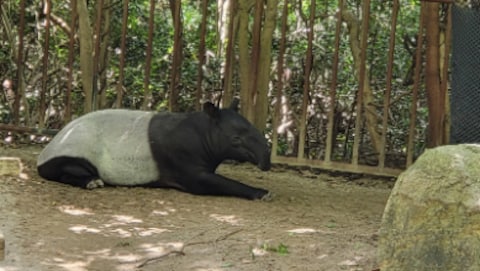Hiroshima
Hiroshima, a city in Japan, is globally recognised for its tragic history and remarkable recovery. It was the first city to experience the devastation of an atomic bomb during World War II. Today, it stands as a symbol of peace, with the Hiroshima Peace Memorial Park and Museum serving as poignant reminders of the importance of world peace. The city's resilience, rich culture, and beautiful landscapes make it a must-visit destination.
Things To See & Do
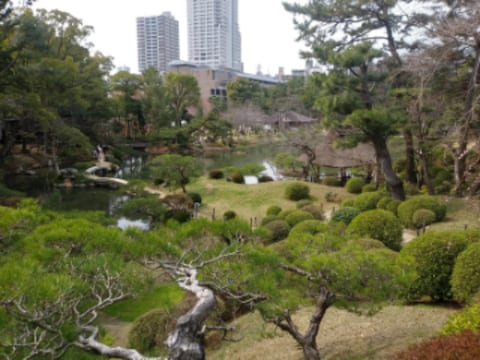
Shukkeien Garden
Experience Serenity in Hiroshima
1-2 hours
Suggested Time
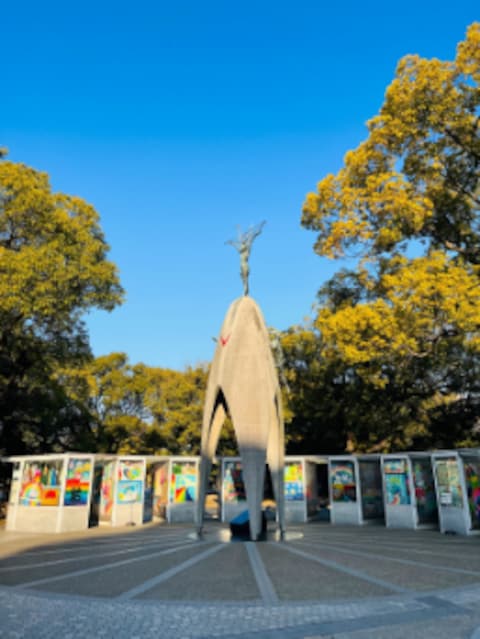
Hiroshima Peace Memorial Park
Embrace Peace at Hiroshima's Heart
2-3 hours
Suggested Time
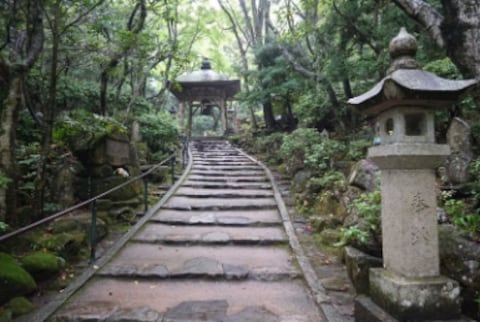
Mitaki-dera
Discover Tranquillity at Mitaki-dera
2-3 hours
Suggested Time

Itsukushima
Explore the Sacred Island of Itsukushima
Half to full day
Suggested Time
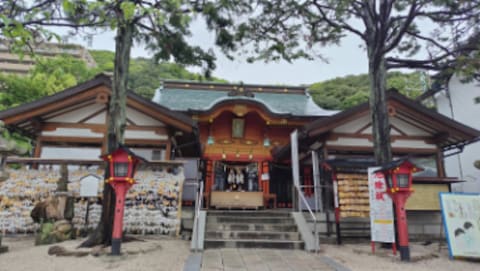
Hiroshima Toshogu Shrine
A Spiritual Retreat in Hiroshima
1-2 hours
Suggested Time

Hiroshima Castle
Explore Hiroshima's Historic Castle
2-3 hours
Suggested Time

Flame of Peace
Beacon of Hope and Peace
1 hour
Suggested Time

Children's Peace Monument
A Touching Tribute to Peace
1-2 hours
Suggested Time
Best Time To Visit Hiroshima
Summer/Spring Destination
JUL-SEP
Peak Season
APR-JUN
Moderate Season
OCT-MAR
Off-season
- What To Expect:Warm weather, vibrant city life, and a surge of tourists.
- Things You'll Love:Exploring historical sites, attending summer festivals.
FESTIVALS AND EVENTS
Book Your Trip to Hiroshima
Stay in Hiroshima
Recommended Options
3 STAR HOTELS
Recommended For You
Average Price
₹8,285

KIRO Hiroshima by THE SHARE HOTELS
Naka Ward
₹11,194
Onwards

Hotel Vista Hiroshima
Naka Ward
₹6,309
Onwards

Hiroshima Washington Hotel
Naka Ward
₹7,352
Onwards
4 STAR HOTELS
Recommended For You
Average Price
₹15,067

Hotel Granvia Hiroshima
Higashi Ward
₹5,237
Onwards

Sheraton Grand Hiroshima Hotel
Higashi Ward
₹21,092
Onwards

Hilton Hiroshima
Naka Ward
₹18,873
Onwards
5 STAR HOTELS
Recommended For You
Average Price
₹34,397

Itsukushima Iroha
Miyajima Island
₹54,584
Onwards

Randor Hotel Hiroshima Prestige
Higashi Ward
₹20,076
Onwards

Miyajima Shiro
Miyajima Island
₹28,531
Onwards
Discover by Interest
Exploring Hiroshima: A Journey of Peace and Culture
Nestled on Japan's western coast, Hiroshima beckons travellers with its poignant history, vibrant culture, and serene landscapes. From solemn memorials to bustling city streets, Hiroshima offers a rich tapestry of experiences that captivate the soul. Let's delve into the essence of this remarkable city and uncover its hidden gems.
Country | |
Hiroshima Peace Memorial Park, Shukkeien Garden, Hiroshima Castle, Mitaki-dera, Itsukushima | |
Best Time to Visit Hiroshima | July to September |
Restaurants in Hiroshima | Nagataya, Hiroshima, Caffe Ponte, Lopez Okonomiyaki, Roopali Indian Restaurant, Ekohiiki |
Hiroshima is famous for | Foodie Hotspots, Museums |
Best Time to Visit Hiroshima
The best time to visit Hiroshima is during spring (March to May) and autumn (September to November), when mild weather and blooming cherry blossoms or vibrant foliage adorn the city. Summer (June to August) brings warm temperatures and occasional rain, perfect for outdoor exploration, while winter (December to February) offers a tranquil atmosphere with fewer crowds.
How to Reach Hiroshima
Hiroshima is easily accessible by air, rail, and road. Hiroshima Airport serves domestic and international flights, while the Shinkansen bullet train connects Hiroshima to major cities like Tokyo and Osaka. Highways and express buses provide convenient travel options within the region.
Things to See and Do in Hiroshima
Hiroshima boasts a wealth of cultural, historical, and natural attractions that cater to every traveller's interests. From paying homage to the legacy of the atomic bombing to exploring serene gardens and majestic castles, there is something for everyone in Hiroshima.
Places to Visit in Hiroshima
- Atomic Bomb Dome:A haunting reminder of Hiroshima's tragic past, this UNESCO World Heritage Site stands as a symbol of resilience and peace.
- Peace Memorial Park:Pay homage to the victims of the atomic bombing at this serene park, home to moving monuments like the Memorial Cenotaph and the Peace Flame.
- Shukkeien Garden:Find tranquillity amidst the lush landscapes of Shukkeien Garden, with its scenic ponds, winding paths, and charming tea houses.
- Hiroshima Castle:Step into history at Hiroshima Castle, where you can explore its majestic architecture and enjoy panoramic views of the city.
- Itsukushima:Visit this sacred island, famed for its Floating Torii Gate and stunning Shinto shrine, offering a blend of natural beauty and spiritual serenity.
- Flame of Peace:Witness the eternal Flame of Peace, a symbol of hope and remembrance located in Hiroshima Peace Memorial Park.
Restaurants in Hiroshima
Indulge in Hiroshima's culinary delights at these top restaurants:
- Koba:Savour authentic Hiroshima-style okonomiyaki, a savoury pancake filled with cabbage, noodles, and toppings.
- Hassei:Experience traditional Japanese cuisine with a modern twist, featuring fresh seafood and premium sushi.
- Nagataya:Enjoy teppanyaki dining at its finest, with expertly grilled meats, seafood, and vegetables.
- Caffe Ponte Lopez:Indulge in European-inspired dishes and gourmet treats in a relaxed cafe setting.
- Okonomiyaki:Customize your own okonomiyaki masterpiece with a variety of ingredients and toppings.
Food to Try in Hiroshima
Don't miss these mouth-watering Hiroshima specialties:
- Hiroshima-style Okonomiyaki:A hearty pancake layered with cabbage, noodles, and your choice of toppings, drizzled with tangy sauce and creamy mayo.
- Hiroshima-style Tsukemen:Thick, chewy noodles served with a rich dipping broth and tender slices of pork, topped with soft-boiled eggs and green onions.
Things to Do in Hiroshima
- Explore Miyajima Island:Discover ancient temples, scenic vistas, and friendly deer on a day trip to this picturesque island.
- Visit Hiroshima Peace Memorial Museum:Gain insight into Hiroshima's history and the impact of the atomic bombing through thought-provoking exhibits and artefacts.
- Cruise on the Seto Inland Sea:Embark on a scenic cruise and marvel at the beauty of Japan's island-dotted coastline.
- Attend a Traditional Tea Ceremony:Immerse yourself in Japanese culture and etiquette by participating in a traditional tea ceremony, known as chanoyu or sado.
- Stroll Along Hondori Street:Explore the vibrant heart of Hiroshima's downtown district by taking a leisurely stroll along Hondori Street. Browse through bustling shops, trendy boutiques, and lively cafes.
- Relax in a Japanese Onsen:Unwind and rejuvenate your body and mind by soaking in a traditional Japanese onsen (hot spring). Choose from a variety of indoor and outdoor baths, each filled with mineral-rich thermal waters.
In conclusion, Hiroshima offers a blend of history, culture, and natural beauty that captivates the heart and inspires the soul. Plan your journey to Hiroshima and embark on a meaningful exploration of peace and remembrance in this remarkable city.
FAQs - Frequently Asked Questions about Hiroshima
What are the best places to visit in Hiroshima?
The most loved attractions in Hiroshima are Shukkeien Garden, Peace Memorial Park - Hiroshima and Mitaki-dera.
What are the activities you can explore during the peak season and moderate season in Hiroshima?
In the peak season months July, August and September you will experience warm weather, vibrant city life, and a surge of tourists wherein around moderate season i.e. April, May and June you will enjoy mild temperatures, fewer crowds, and cherry blossoms. Whatever that suits your calendar, Hiroshima awaits you for a good time.
What is the best time to visit Hiroshima?
Ideally the best time to visit any place is considered when the weather conditions are delightful. For Hiroshima, you can choose to go in July, August and September which is the peak season and April, May and June which is the moderate season. Both will serve you well to unwind from your tedious routine.
What are some interesting facts about Hiroshima?
Hiroshima, a city in Japan, is known for its tragic history and remarkable recovery. It was the first city to experience the devastation of an atomic bomb during World War II. Today, it's a bustling metropolis with a population of approximately 1.2 million people. The city is home to the Hiroshima Peace Memorial Park, a UNESCO World Heritage Site, which serves as a poignant reminder of the importance of world peace.
How long before Hiroshima is safe?
Hiroshima is safe to visit today. The radiation levels returned to normal levels within a few years after the atomic bomb was dropped in 1945. The city has been thoroughly rebuilt and is now a thriving metropolis.
What is Hiroshima famous for?
Hiroshima is famous for its Peace Memorial Park and Museum, which commemorate the atomic bombing. The city is also known for its local delicacy, Hiroshima-style Okonomiyaki, a savoury pancake filled with a variety of ingredients.
Is Hiroshima a big city?
Yes, Hiroshima is a big city. It's the largest city in the Chugoku region of western Honshu, the largest island of Japan. It has a population of approximately 1.2 million people.





